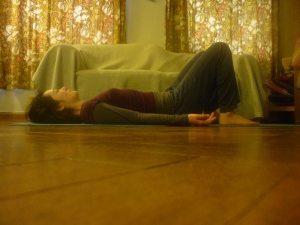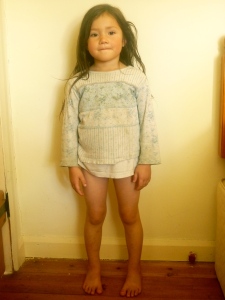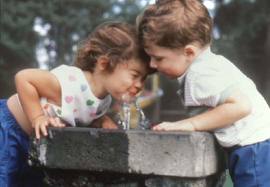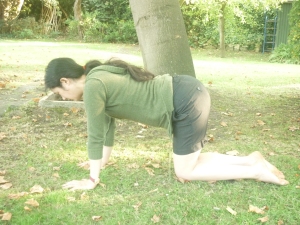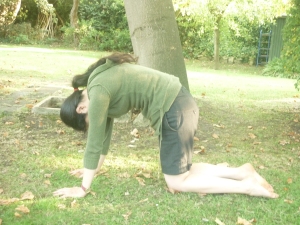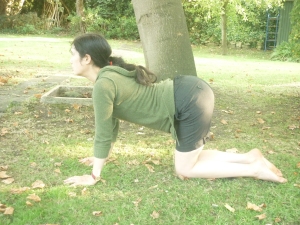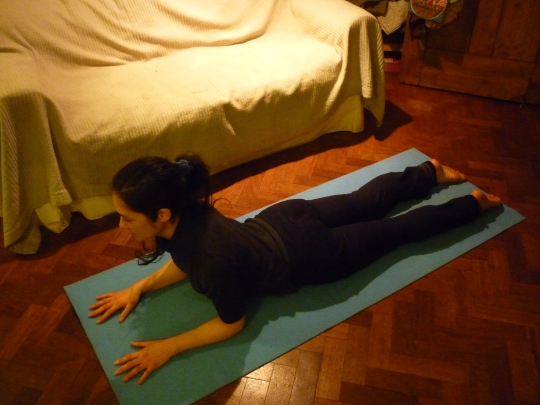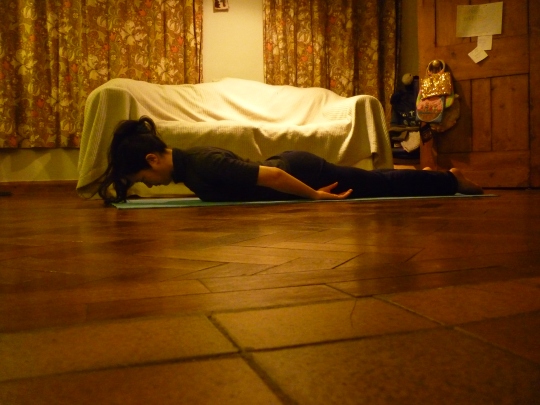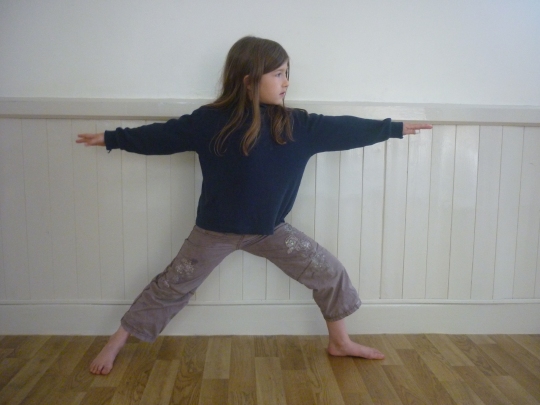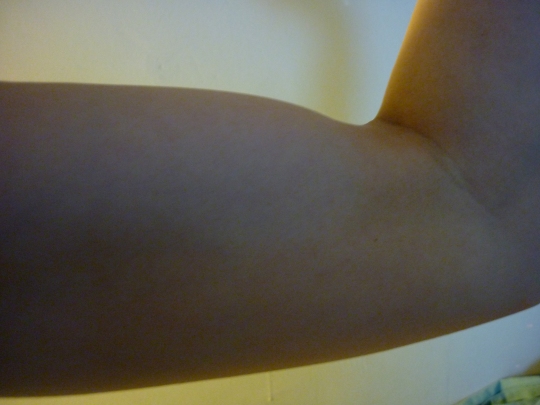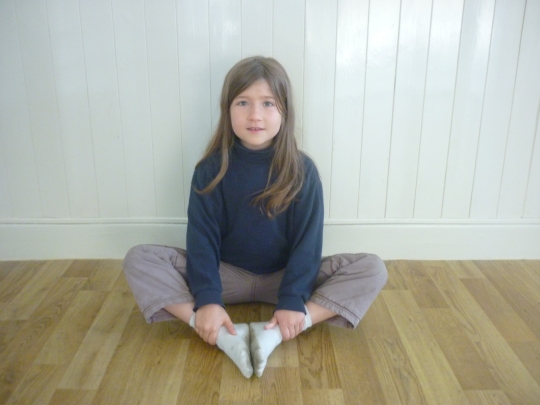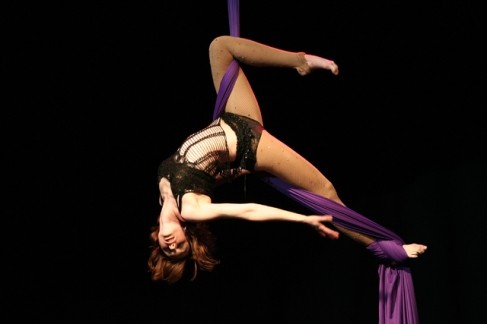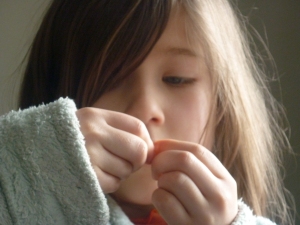 First my eldest Louis was diagnosed with exercise induced asthma when he was about 5 – now 11 he seems to have grown out of it.
First my eldest Louis was diagnosed with exercise induced asthma when he was about 5 – now 11 he seems to have grown out of it.
My middle child Esmée was also diagnosed with asthma about two years ago when she was 5 – It also seems to be exercise induced – but especially when there is dust and pollen about. Colds nearly always go to her chest and also cause wheeziness. Doctors have said that she will have it for life and her asthma symptoms have always appeared to be much worse than Louis’
Not happy accepting this verdict until other possibilities of helping her condition have been explored – we have tried a number of options – some of which have remarkably improved her condition – so much so that she appears not to have to use her inhalers at the moment (we do keep them with us just in case though…)
Steaming with very hot water and a drop of water seems to sometimes help a little when she has been wheezy with a cold in her chest – but the relief only lasts about 30 minutes or so.
Quercetin a food supplement to be taken 3 times a day after following a dairy free diet for a few weeks was recommended by our local health remedy shop. This helped her asthma quite alot. Before taking it Esmée was only able to run around for about 5 minutes before becoming incredibly wheezy. After taking the Quercetin she could run around and not get wheezy at all – only after a rather hard game of football would wheeziness come on.
Surprise surprise the Quercetin got rid of her hayfever completely!
Unfortunately the Quercetin was aimed at adult takers – large capsules with Quercetin powder inside. I would take the powder out and mix it with honey. This was fine at first – but then the sweetness of the honey began to make Esmée feel sick – so she stopped taking it. I thought maybe the effects of having the supplement would remain – but after a few weeks the usual wheeziness and hayfever came back.
We then tried homeopathy – I don’t think it has actually helped her asthma on the surface – but I‘m hoping that it has helped her work through and hopefully shake off many of the other hereditary lung conditions – so that the asthma is now not so deeply embeded in her system – am not sure…. Maybe we have to work a little more with this… But we were going to a low cost student training clinic with a very lovely and experienced homeopath – but because of the low cost it was over subscribed and difficult to get followups etc
Being a yoga teacher, we practiced various chest opening postures such as Cobra – Bhujangasana and Fish – Matsyasana – These seemed to give a feeling of being able to breathe freely during the posture, but didn’t help at the time afterwards…
Next we tried osteopathy… I have heard really good reports about ‘The Village Osteopaths” – Wesley Tan and his wife Clare Berthier. Clare was just about to give birth, so we couldn’t see her – but Wesley was available – On entering the house there was the lovely sweet smell of breast fed baby – Clare had given birth a couple of days before.
Wesley’s manner was kind and relaxed with Esmée and she seemed to be very at ease.
There was some tightness in her left side which was worked on and loosened.
Time was also taken on expansion of the ribs.
The full breath with maximum efficiency which Desikachar describes in his book ‘The Heart of Yoga,’ on page 22 was worked on. I’m not sure I could have taught it to Esmée – but Wesley demonstrated it to her in a way that she could follow.
One of the things Esmée and I appreciated about the session was being shown via pictures from some amazingly detailed anatomy books and Wesley’s vivid explanations the action of the breath and what was happening in Esmée’s body and what we were trying to achieve in the session.
When we left I asked Esmée how she felt – she said “I feel as though I will never get wheezy again”
Before we went to the osteopath Esmée could go on the trampoline for about 5 minutes before having to rest because of wheeziness. Now she can literally go for hours and not get wheezy at all.. If she does get wheezy due to dust or pollen – it helps if she raises her arms or does some of Desikachar’s ‘full breaths’.
Every now and again we practice some of the breathing and some of the open chest positions which I mentioned earlier such as Matsyasana and Bhujangasana. We also work on keeping flexibility in the spine – especially in the upper sections which support the lungs.
I am still amazed at the before and after of going to see Wesley and cannot recommend his practice enough. See links page for their website. Since then I have heard of other success stories with asthma and osteopathy – It seems that the effects don’t last for ever. But if you become tight again – more yoga and breathing and another visit to an osteopath would hopefully help the asthma again.
I don’t know how long this will last with Esmée – but at the moment its great!
I have also heard some success stories with acupuncture and asthma – but felt Esmée was too young for this – maybe when she is older if she keeps getting chest colds etc



